Counterclockwise: mad scientist ideas for phone keyboards

BlackBerry phones (PDAs first) got their name because of their distinctive keyboards - the keys were arranged in a way that resembled the fruit. But let's not look at a straight up QWERTY keyboards or even how the keyboard slides or rotates out of the way (we did that two weeks ago). Instead let's look at more creative implementations of the keyboard itself.
If you haven't seen it, this is a great video that explains how the telephone keypad came to be. Bell Labs ran tests on many, many designs until it settled on the one we know today. With the invention of the SMS, keypads needed to type text too.
Letters appeared on the keys in alphabetical order, but it was a pain - you needed to tap several times to get the letter you wanted. T9 and other predictive typing tech made things more bearable.
But in the standard arrangement it was difficult to type with both thumbs like you would on a BlackBerry. The Siemens SX1 and Nokia 7600 (both from 2003) had the same idea - arrange the keys in two columns surrounding the screen. This gives each thumb its own set of keys.
The Nokia 5510 (from 2001) is clearly focused on typing - there were no unlimited calling plans back then. It's a QWERTY keyboard, but it's split and it forces the phone in an unusual horizontal orientation. The Nokia 6810 is a later implementation of a similar idea.
What if instead of putting letters on the number keys, we put them behind the number keys? Someone at Sony Ericsson must have asked that question as the P910 did just that. The company had more interesting ideas - the M600 may look like a half QWERTY keyboard, but it's not. The "keys" are actually rockers - press left for one letter and right for the other. The Nokia E55 is an actual half QWERTY.
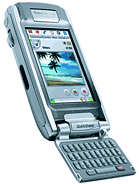

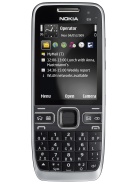
Sony Ericsson P910 • Sony Ericsson M600 • Nokia E55
Let's go back to the keypad for a moment. Wait, we went too far! The Nokia 3650 arranged its digits to look like an old fashioned rotary dial. Who thought this was a good idea? Whoever they were, they would have loved the Toshiba G450. And the Samsung Serene.
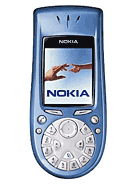
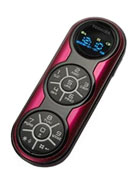
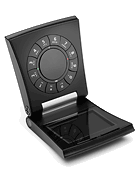
Nokia 3650 • Toshiba G450 • Samsung Serene
Other poor choices include the Motorola ROKR E8 - the keypad was touch sensitive and the backlight could change in such way that the digits disappear and media controls take their place. The Nokia 2300 and 3200 group keys, but while that makes sense for a QWERTY, it's just weird to do with only 12 or so keys.

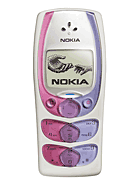

Motorola ROKR E8 • Nokia 2300 • Nokia 3200
With only 26 letters the Latin alphabet fits reasonably well on 10 digit keys. But what if you wanted to write in Chinese? Something like the Nokia 3108 offered handwriting recognition with a stylus, a clever solution before the age of touchscreens. The phone had a regular keypad too, which flips out of the way similar to the P910.
Touchscreens have all but made mobile keyboards obsolete. BlackBerry is trying to keep them alive - to offer the tactile feedback of actual keys. Such desires may have played a part in the company's downfall (recent BlackBerrys are made by TCL) as it slowed down its adoption of the touchscreen.
And when it did made the jump, the results weren't met with praise. The BlackBerry Storm 9500 had a "clicky" screen so you can actually push the keys on the virtual keyboard. Let's just say it wasn't as great in real life as it sounded on paper.
The good news is that touchscreens can help us move past the QWERTY layout (check out 8pen and beyond typing). Handwriting recognition proved to be a dead end, but Swype and the likes offered an alternative. Except... does anyone still use Swype or similar keyboards?
Related
Reader comments
- AnonD-731363
- 20 Jul 2018
- SH3
No its not. Or prove me that i am wrong. Here this explain everything. https://www.androidauthority.com/who-owns-the-notch-845086/
- Kirk
- 18 Jul 2018
- UD{
How many times do we have to teach you this lesson old man, The first notched phone was from SHARP, get it straight.

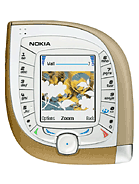
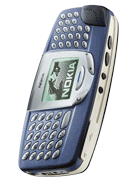
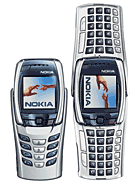
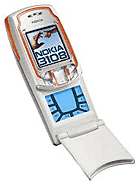
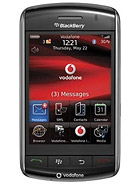








 Samsung
Samsung Xiaomi
Xiaomi Sony
Sony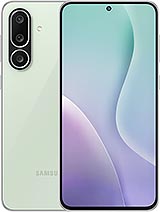 Samsung
Samsung Samsung
Samsung

